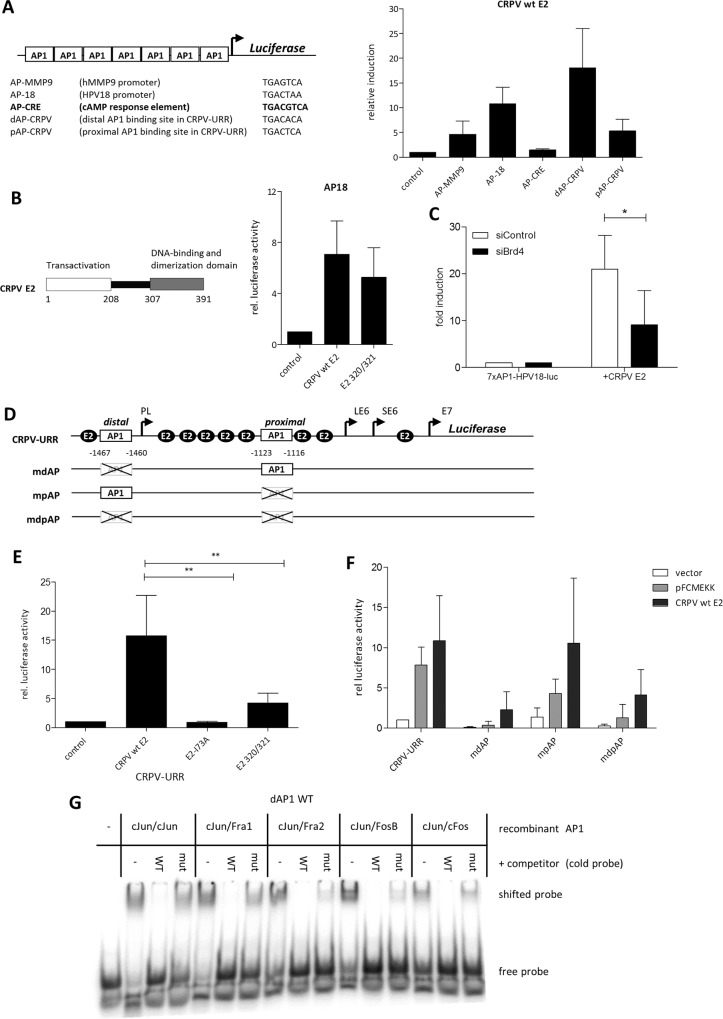Fig 1. E2 transactivation of artificial AP1-dependent promoters and of the natural CRPV enhancer/promoter.
(A) Left panel: Schematic overview of the artificial AP1/CRE dependent reporters. Right panel: Relative activation in C33A cotransfected with wt E2 or empty vector as a control (which was set to 1) and the different AP1-dependent reporters (B) Left panel: schematic illustration of CRPV E2. Right panel: Activation of the multimerized HPV18 AP1BS by wt E2 and DBD mutated E2 (CRPV E2 K320M/C321R) relative to the empty vector control. (C) Activation of the 7xAP1-HPV18-luc by CRPV E2 after Brd4 silencing. C33A cells (~7x104) were transfected with 150ng Brd4 siRNA (siBrd4-1) or a control siRNA (siControl). 24h later the cells were transiently transfected with 50ng of the reporter (7xAP1-HPV18-luc) and 5ng of the E2 expression vector or the empty vector (pSG). Serum starvation of the cells started 5h after DNA transfection. Measurement was carried out 48h after DNA transfection. The induction of the 7xAP1-HPV18-luc by E2 is shown as fold induction relative to the reporter transfected with the empty expression vector (= 1). The values indicate mean ± SEM of four independent experiments. Paired one tailed t test was used for statistical significance (*p<0.05). (D) Schematic description of the wt CRPV URR reporter and the reporters mutated in AP1BS used in the luciferase assays. Distal and proximal (dAP-CRPV and pAP-CRPV) indicates the position of the AP1BS relative to the CRPV E6 promoter (E) CRPV-URR reporter induction by wt E2, CRPV E2 K320M/C321R (E2 320/321) and E2-I73A proteins. The empty vector (control) was used as a control and set to 1. Unpaired two tailed t test was used for statistical significance (**p<0.01). (F) Activation of the CRPV-URR reporters shown in Fig 1D, by wt E2 and pFCMEKK (MAP3K1) as a positive control for AP1-dependent activity. (G) EMSA with purified recombinant AP1 complexes and 32P-labelled ds oligo matching the distal AP1BS (WT) in Fig 1D and unlabeled wt as well as mutant ds oligo as competitor (cold probe).

